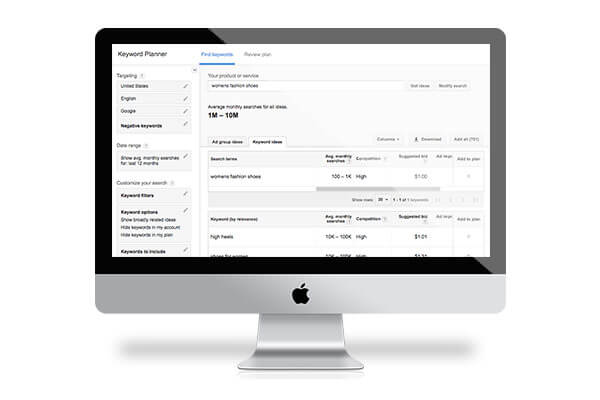Consumers are hooked onto mobile devices, not only for entertainment purposes, but also to find answers while they’re on the go. How far is the nearest restroom? What places have the best deals on yoga pants? What coffee house has the best espresso? Your business may be exactly what someone is looking for, but if your website is not optimized for mobile viewing… then it may take them long to find you (if they ever find you at all) and they will opt for another option. By the end of this year there will be over 3 billion people with internet access and 80% of those users will access the web through their smartphones. With the digital world growing every day, mobile optimization is becoming a standard across all industries. These 5 steps will help your business get started on a strategy for mobile website SEO.
1. Speed
It isn’t enough to just give users access to your web page; it must be done in a timely manner as well. According to a study done by Kissmetrics, 16% of mobile users said they would abandon a page if it took more than 1 – 5 seconds to load and 30% would abandon the page after 6 – 10 seconds. With technology as advanced as it is today, delivering answers instantaneously is what’s expected. 25% of the participants surveyed noted they expect their mobile phone to be just as fast as their desktop. When creating your mobile website design be sure to consider your page loading time.
2. Keywords
Keywords are always important when it comes to search engine optimization. And that goes for desktop and mobile search. They are the tags (or search terms) that bring traffic to your site and attention to your content. The same way you have keywords in your description for your website, you must leverage appropriate use of certain keywords for your mobile platform as well. If you’re unsure which words to focus on for your mobile design, do a bit of research with Google Analytics to see the difference in your mobile vs. your desktop clicks.

The most obvious and major difference between a desktop and a mobile device is the space. Keep your tags and descriptions concise. Short, sweet, and to the point will help SERPs pinpoint if you’re exactly what a user is looking for.
3. Responsive Design
It’s no secret that Google favors responsive design for mobile website SEO. As Moz intelligence notes, responsive design uses “media queries to target the layout based on screen width, orientation, and resolution.” This means your web page can adapt to the device consumers are trying to access your content. It doesn’t matter if it’s a tablet or an iPhone, the layout will adjust. Entrepreneur Neil Patel commented earlier this year that, “Google has made it clear that it wants to serve mobile users mobile-friendly web pages, and it will likely become more and more important over time.”

4. Focus on Local
In the wise words of Greg Gifford of Moz, “If you’ve never paid any attention to Local SEO, it’s time to start lifting, bro.”
Often times the words “nearest”, “closest”, “near me”, “nearby”, appear in a user’s search when they’re looking for a particular service. Utilize this audience by optimizing for local searches. You can do this by adding the name of the city or town you’re located in into your URLs, descriptions, content or even the tags to your web page. Your contact information should also be standardized with the name of your city integrated into your metadata. These changes may seem small but they will contribute to the positive results your business will see over time with local click-through.
5. Create an App
Apps are everywhere. They are also where mobile users spend a majority of their time while on their smartphones, so why not consider it? Developing an app may help boost visibility and increase followership for your brand. Mobile website SEO can be done in a variety of ways and this is one of your options. One example is Gogi, a platform for golfers who took their mobile site to the next level with a mobile app giving consumers a new swing and usability. Their app created a new platform to support their existing users as well as gain new traffic, generating over 32K users within just 9 months. Determine if this route is applicable to your business. Leverage UX and UI digital design services to help set your business in the right direction from both a user and search engine perspective.

Whether you go for a new app or just optimize your existing site for mobile SEO, these five simple steps will help your business launch to the searching consumers on the web. And with so many people in the search, you’re sure to see some positive results. Here is a recap of the major points for a successful launch into mobile SEO:
- Remember users want answers fast
- Keywords are important for SEO of all types
- Responsive design will help your site adapt to different platforms
- Focus on local searches
- Consider app creation for your users mobile experience





Tell us your thoughts in the comments